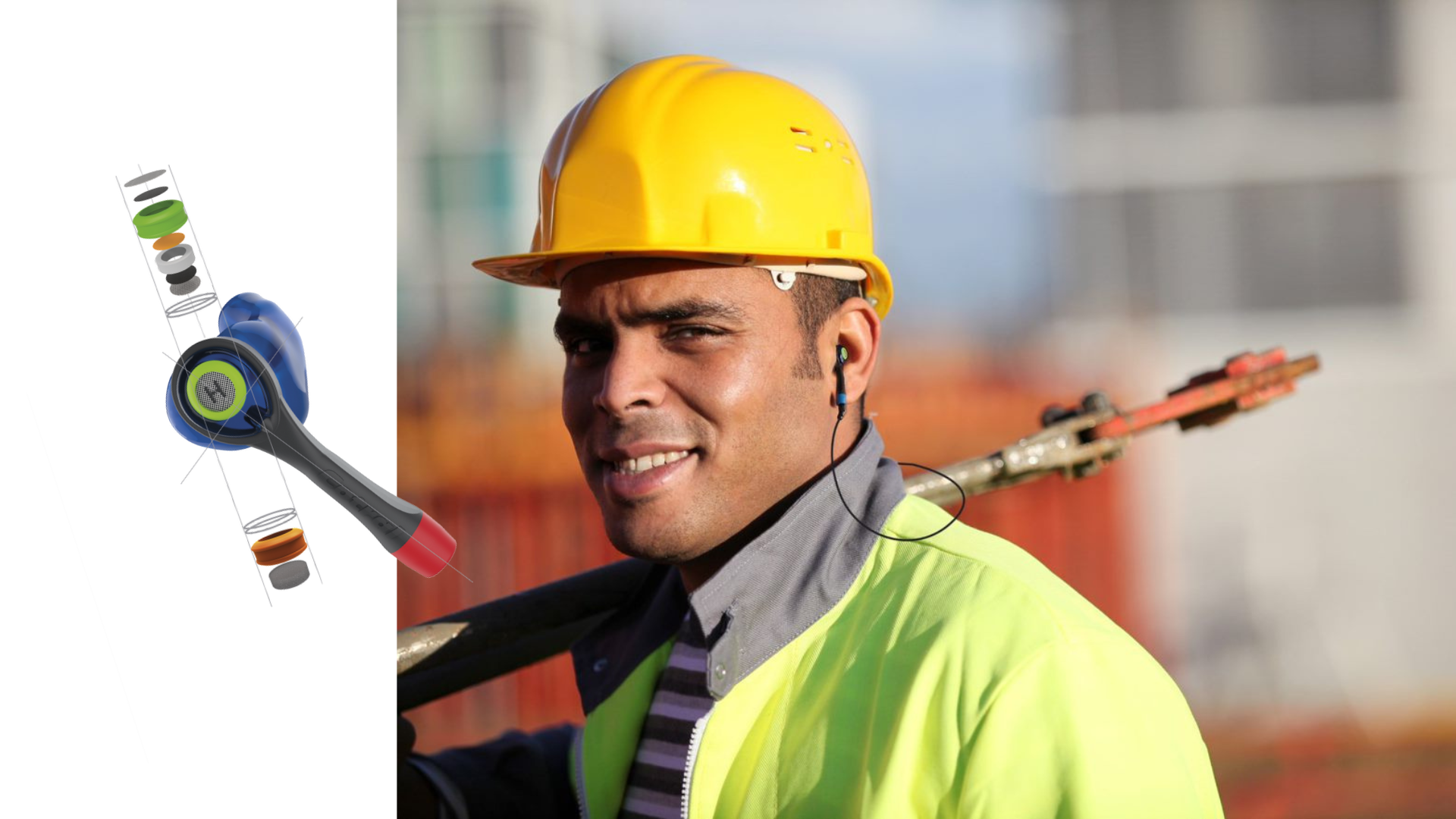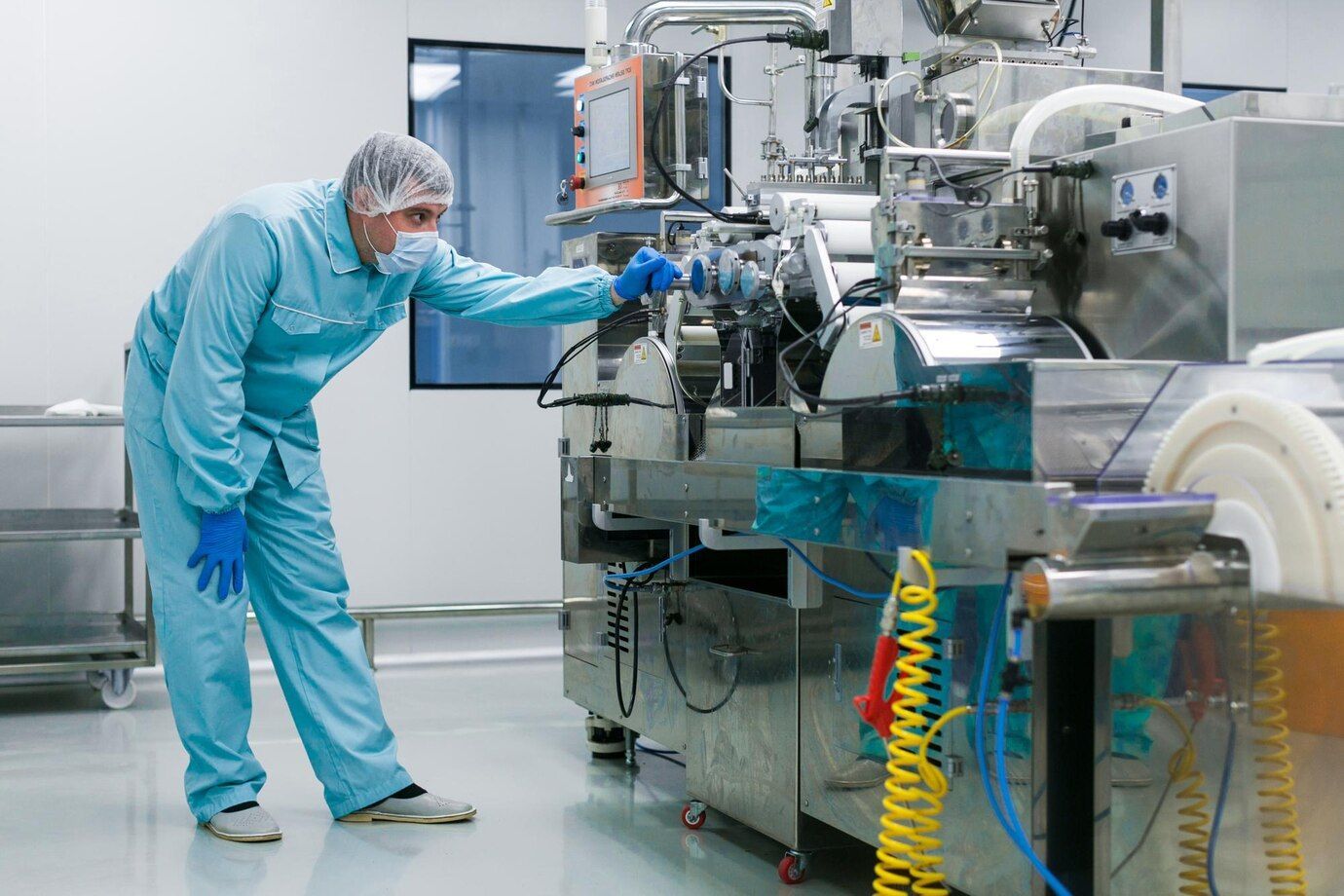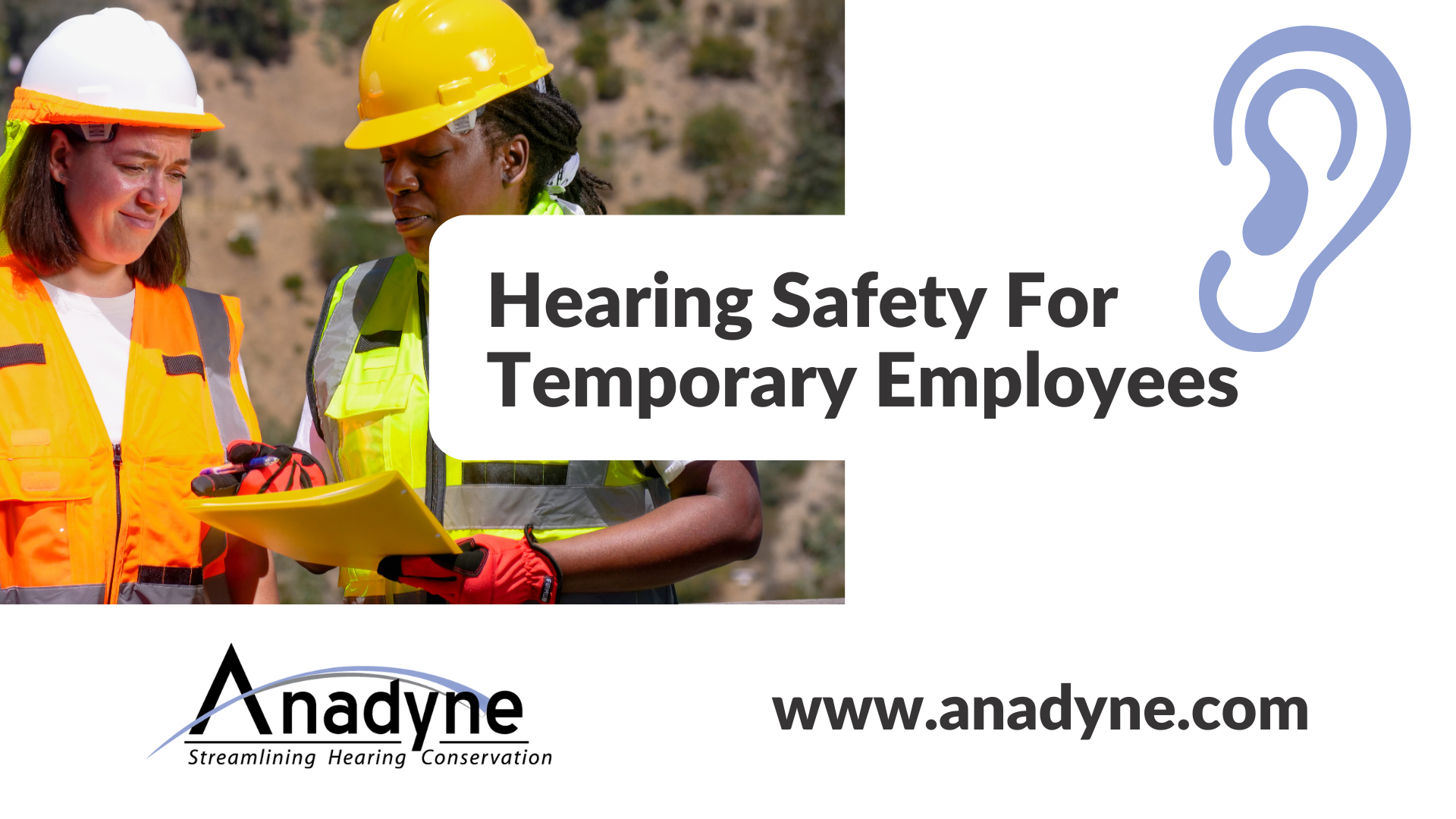How Saving Your Worker’s Hearing Can Save Your Industry Money
There are many costs to running a business, and one of the largest costs can be keeping your employees safe. Research conducted by the Occupational Safety & Health Administration agency (OSHA) notes that injuries and illnesses caused in the workplace can cost businesses upwards of $170 billion every single year. These expenses can be related to declining sales and productivity, fines and fees related to workplace injuries and illnesses, as well as the cost required to hire and train new employees to replace those who can no longer work.
A 2001 study conducted by the Construction Safety Association of Ontario shows the average cost of a lost-time injury was $35,000 15 years ago. They found that injuries caused in places of employment accounted for 6 to 9 percent of a project’s cost. In businesses that implemented effective health and safety programs, the cost was much lower: just 2.5 percent of a project’s cost (CSAO, 2001). OSHA similarly that it is important for business owners to set explicit guidelines for safety in the workplace. OSHA found in 2016 that businesses that do implement safety systems can cut injury and illness these expenses by 20 to 40 percent every year.
Occupational Hearing Hazards
There are many ways to keep your workers safe on the job. Many companies have been paying closer attention to the small-scale ways in which injuries can be caused and prevented. For example, Aetna Insurance made the decision to create more comfort for their employees who spend a lot of time at their desks. They redesigned their workstations to have “adjustable ergonomic chairs, task lights, acoustical panels, and increased space” (WSDLI, 1996). Aetna Insurance subsequently saw a $98,500 cost benefit from the redesign. One important step businesses can take to make their employees more comfortable and safer is to simply protect their hearing.
There are in fact many links between people with untreated hearing loss and lower wages. A 2012 study in Annals of Otology, Rhinology & Laryngology found that people with hearing loss earn significantly lower wages than people with full hearing capabilities, and that hearing loss sufferers are more likely to be unemployed. A study published by the Better Hearing Institute suggests that people with untreated hearing loss earn an average of $20,000 fewer dollars a year than people who are not hard of hearing. The 2011 study found that hearing loss may cost society around $26 billion in federal taxes—meaning that there is approximately $176 billion in actual wages lost due to underemployment are directly related to hearing loss.
Creating better hearing environments for your workers will not only improve their wages, but your business’s productivity. Sergei Kochkin, one of the researchers on the Better Hearing Institute study, suggests that “…when people with even mild hearing loss use hearing aids, they improve their job performance, increase earning potential, enhance their communication skills, improve professional relationships, stave off depression and improve the quality of their life.” When your workers are able to hear safely they are better equipped to communicate and to generally improve the flow of work.
Keeping Your Workers’ Hearing Safe On the Job
There are a few things that you can do to create safer hearing environments for your workers. The first thing to do is to create a culture of awareness around hearing health in all aspects of your business. Creating manuals, posters, signs, and other materials that remind workers to be thinking about their hearing can go a long way for creating other effective strategies for protecting hearing.
Beyond that, a simple solution to protecting your workers hearing is to provide everybody with custom hearing protection that they can keep on their person and use at will. Custom hearing protection is useful in all manner of workplace conditions; of course, they are useful in factory settings where there may be heavy machinery or larger equipment that is running all day long. They will also be useful to workers who work in areas with droning sounds produced by equipment such as conveyor belts. If you have the resources to do so, you may want to consider encouraging workers to use their health care benefits to secure regular hearing tests.
Improving your employees’ hearing conditions will not only protect their hearing, but will create better conditions for clearer communication amongst your employees and between you and your employees. The added benefits of lower health care costs and lower costs related to workplace injuries and illness is simply the icing on the cake.
The post How Saving Your Worker’s Hearing Can Save Your Industry Money appeared first on Anadyne.










